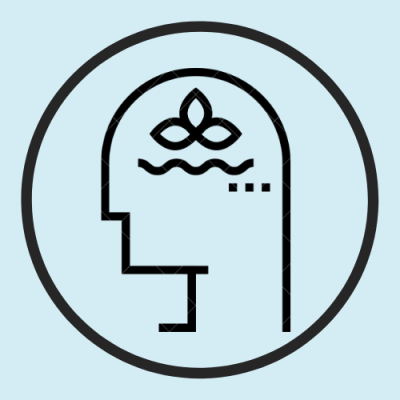
Imposter syndrome refers to the belief that a person is not as intelligent or successful as they are perceived to be by others. Imposter syndrome often affects people who are very successful or high achievers in their field of work. People who have high levels of internalised imposter feelings may feel that they have cheated in some way to get where they are in lifeor that they are only considered competent in a job or relationship because of luck or external factors. These feelings can lead to anxiety, an overwhelming desire to please others, and a constant fear of being found out.
The term was first coined by Suzanne Imes and Pauline Clance 50 years ago, but seems to have become more widespread in recent years. A person suffering from imposter syndrome is usually unable to internalise their achievements and feels that they are actually just a ‘fraud’ or ‘imposter’ and do not deserve their success. Although people with imposter syndrome know they are intelligent and capable, they feel they are a fraud and do not deserve their success.
There seems to be an evolutionary explanation for imposter syndrome. To the human mind, a social risk such as shame or embarrassment is perceived in the same way as a physical risk, because for our earliest ancestors, exclusion from the tribe was tantamount to death. So humans have an innate tendency to be alert to social judgements and threats of shame, and, in many ways, the imposter syndrome is a form of self-protection.
However, this does not mean that we have to be guided by mental models developed for the hunter-gatherer age. Imposter syndrome makes us more cautious, less willing to take risks, and more inclined to stay in our comfort zone. This is good to a certain extent, but in many cases imposter syndrome can become a limiting belief that prevents us from doing things that might challenge us and help us grow. It becomes problematic when our self-protective mechanisms become so extreme that they actually put us at risk of failure and self-sabotage.
Instead of resisting the experience of imposter syndrome, we need to learn to accept it. When we experience imposter syndrome, we can mitigate our experience by recognising that it is part of a larger process, that we are vulnerable, and that as human beings we are particularly vulnerable to anxiety. When we suffer from imposter syndrome, we need to expand to a larger reality by accessing the inner strength and resources we can draw from to feel more confident, manage our fears and expand our comfort zone. As human beings, we need to be able to make mistakes and be imperfect because that is the only way we can learn and grow. When we are able to remember our humanity and our ability to bounce back, we can begin to take responsibility for our experiences.
To break the cycle of imposter syndrome, we need to introduce new beliefs and new ways of thinking. It is important to recognise that imposter syndrome is a perception, a story and a belief we tell ourselves about the world. Imposter syndrome is an illusion, a drive triggered by fear and self-doubt, and it is temporary. When we experience imposter syndrome, we need to take a step back, take a breath, reflect and engage with our bodies. We do not have to believe our thoughts and stories unquestioningly. Instead, we can explore the nature of our mind and realise that the moment we question our automatic reactions, we make space for something else. Once we recognise imposter syndrome for what it is, we can begin to let go of our negative relationship to it.
The key to being less vulnerable to imposter syndrome is to become aware of the beliefs and stories we tell ourselves about ourselves and our world. Part of the illusion that imposter syndrome creates is that we downplay all the smaller achievements we make every day. When we suffer from imposter syndrome, we do not allow ourselves to acknowledge our own achievements because we simply do not believe them. We ignore the small acts of courage and strength we perform every day and fail to recognise the extent to which we help others. It is not always the big, obvious achievements that matter most. Very often it is the small, everyday successes that show us that we are constantly growing and developing. We can begin to break the cycle of imposter syndrome by looking for evidence of our competence and intelligence, even in the smallest things. When imposter syndrome sets in, acknowledge the invisible accomplishments that others do not see.
Imposter syndrome is a self-protective mechanism, but we can change it. When we expand to a greater reality of our own achievements, we have the opportunity to replace the imposter story with new stories that empower us. We can use the power of these new stories to support, protect and nurture us. We can encourage ourselves with stories of our courage, resilience, kindness and authenticity. These are the stories that help us cultivate the self-compassion, self-confidence and courage we need to overcome imposter syndrome.
Download your free 21-day course in The Path of Mindfulness. In this life-changing 21-day mindfulness journey, Dr Allan Kilner-Johnson guides you through a series of self-guided mindfulness exercises and shows you how and when to bring mindfulness into your daily life.


